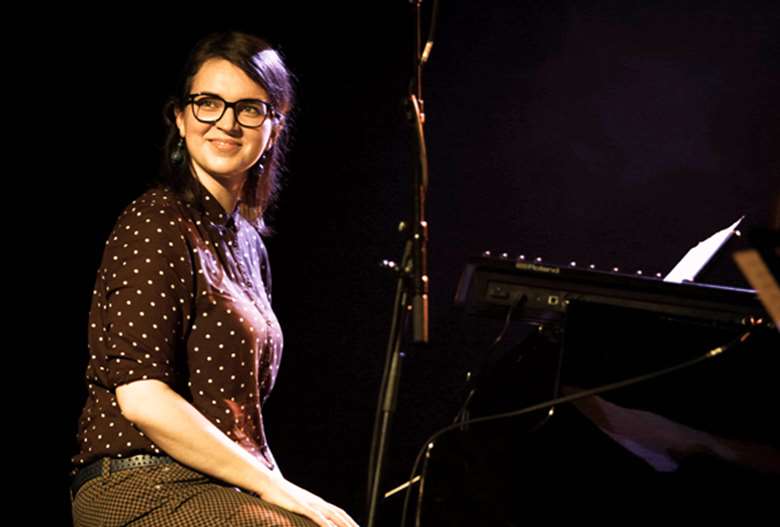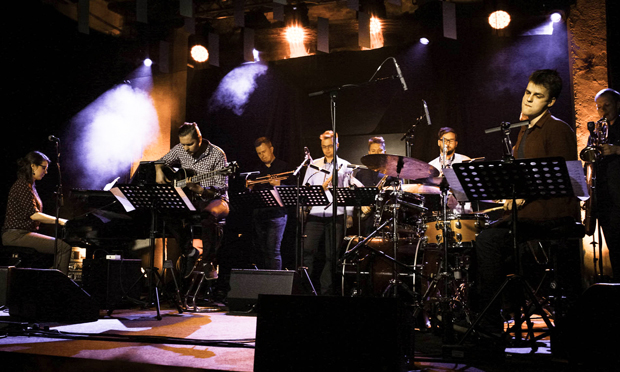Jazzkaar Festival reveals the richness of Estonian jazz
Wednesday, April 27, 2016
With a population of 1.

3 million Estonia is one of Europe’s bantam states but it punches well above its weight culturally. Indeed, the Jazzkaar Festival in the capital Tallinn has a rich 27-year history and sufficient credentials to attract international headliners alongside seriously good local talent. In real terms that mean’s the 2016 edition features the likes of Al Di Meola, Chris Potter and José James as well as the well-established Estonian guitarist Jaak Sooäär. Although Sooäär does not appear at the opening weekend of the festival, the upcoming generation of local talent does, much of which has passed through his capable hands as a teacher.
As with most territories around the world where improvised music is practiced to a high standard, Estonian jazz is nothing if not stylistically varied, but what stands out is the very high technical level reached by many of its young players. Holger Marjamaa leads a piano trio whose vigour is offset by a poise that sees it negotiate demanding standards such as ‘Giant Steps’ alongside blistering originals that showcase the leader’s chops in no uncertain terms. This gig takes place in Tallinn’s Telliskivi area, a complex of derelict warehouses that has been transformed into a Boho-ish creative hub that loosely resembles Copenhagen’s Christiania or London’s Shoreditch, but with fewer hipster beards per square metre.

Although there are two well-appointed main concert halls, Vaba Lava and Punane Maja, the programmers have also turned anything from churches to restaurants to buses into performance spaces and it is a bike shop that is the scene for another notable gig of the weekend, a double bass duet from father and son Taavo and Heikko Remmel. Displaying great sensitivity and listening skills the pair excel on folk material as well as a variety of anthems from Onettte to Jobim. Another excellent Estonian duo is pianist-keyboardist Kirke Karja (pictured top) and drummer Ott Adamson who in a swish city centre apartment delight a handful of people with neatly twisted leftfield arrangements that are by turns dubbed-up and funked-out. Karja’s pithy, economic improvisations and smart, carefully dissonant electronics are refreshing but she really shows her artistic depth when fronting the nonet Pae Kollektiiv later in the day, revealing a substantial gift as a composer and arranger. With a six-piece brass section dominated by some beautifully played reeds – particularly Keio Vutt’s baritone – the ensemble has good chemistry and balance and broaches vaguely similar territory to Claudia Quintet and John Hollenbeck’s work with ONJ. In other words the orchestrations are layered without being top-heavy or ponderous.
Among the international headliners Charnett Moffett’s Nettwork draws a huge audience in line with the stellar reputation of the bassist-vocalist and bandmembers, guitarist Stanley Jordan and drummer Jonathan Barber. The concert has moments of brilliance, particularly Jordan’s still startling ‘tap’ technique, which makes a keyboard of his fretboard. However, the whole is not greater than the sum of the parts, as the trio gets bogged down with fusion-based tunes that are a bit too perfunctory for their own good, while Moffett’s attempted sing-along doesn’t stoke the necessary warmth to fully engage. Norwegian singer Bernhoft has no such problems but his whiny pop-soul lacks the emotional charge of young Estonian Marten Kuningas, who admirably rises to the challenge of paying tribute to David Bowie. An excellent band bolstered by bassist Peedu Kass and guitarist Raul Ojamaa does full justice to the expected – ‘The Man Who Sold the World’ – and the unexpected – ‘Stay’. The Thin White Duke might well have said ‘tanan’.
– Kevin Le Gendre
– Photos by Kaisa Kezars